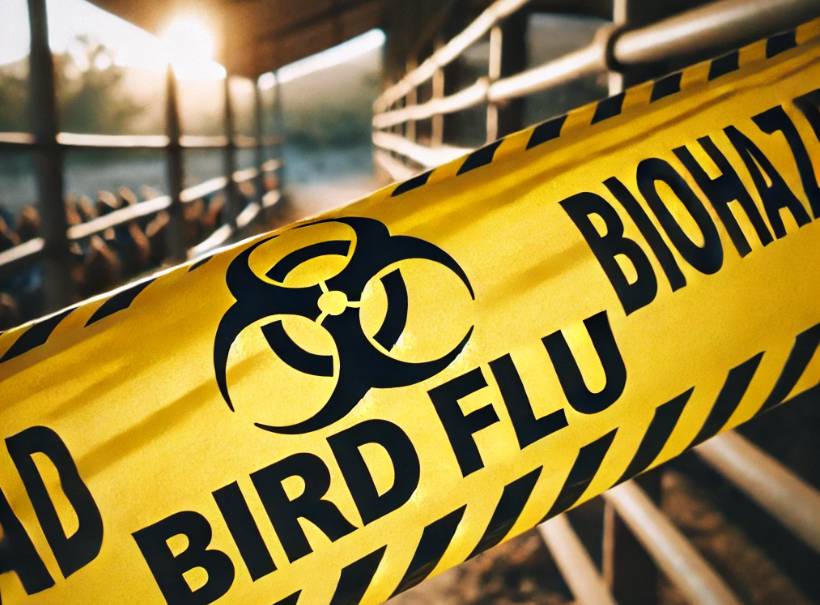
In March 2025, the United States reported its first outbreak of the H7N9 avian influenza strain since 2017. This outbreak occurred on a poultry farm in Noxubee, Mississippi, affecting approximately 47,654 commercial broiler breeder chickens.
Understanding H7N9 Avian Influenza
H7N9 is a subtype of avian influenza viruses that primarily infect birds but can occasionally infect humans. Since its initial detection in China in 2013, H7N9 has been associated with severe respiratory illnesses in humans, with a reported mortality rate of approximately 39%, resulting in 616 deaths out of 1,568 confirmed cases worldwide.
Current Situation in the United States
The recent detection of H7N9 in Mississippi adds to the challenges the U.S. poultry industry is already facing due to ongoing outbreaks of the H5N1 strain. Since 2022, H5N1 has led to the loss of over 166 million birds across all 50 states and Puerto Rico, significantly impacting egg prices and poultry availability.
Public Health Implications
While H7N9 has a high mortality rate among confirmed human cases, both H7N9 and H5N1 strains do not easily transmit from person to person. The Centers for Disease Control and Prevention (CDC) considers the immediate risk to the general public from these bird flu viruses to be low. However, individuals with direct exposure to infected poultry or contaminated environments are at a higher risk of infection.
Preventive Measures and Recommendations
To mitigate the risk of avian influenza:
- For Poultry Workers and Farmers: Implement strict biosecurity measures, including wearing protective equipment and practicing proper hygiene when handling birds.
- For the General Public:
- Avoid contact with sick or dead birds.
- Ensure poultry and eggs are cooked thoroughly before consumption.
- Stay informed about local outbreaks and follow public health advisories.
Conclusion
The re-emergence of the H7N9 strain in the United States underscores the importance of vigilance in monitoring avian influenza viruses. While the current risk to the general public remains low, ongoing surveillance, biosecurity measures, and public awareness are crucial to prevent potential human infections and ensure the safety of the poultry industry.
Recent Developments in Avian Influenza Outbreaks
US reports first outbreak of deadly H7N9 bird flu since 2017
Todayapnews.comVaccinating poultry could help cut soaring egg prices but US remains hesitant4 days agosfgate.comNearly 85% of all California bird flu cases have been in this region4 days ago
Sources
